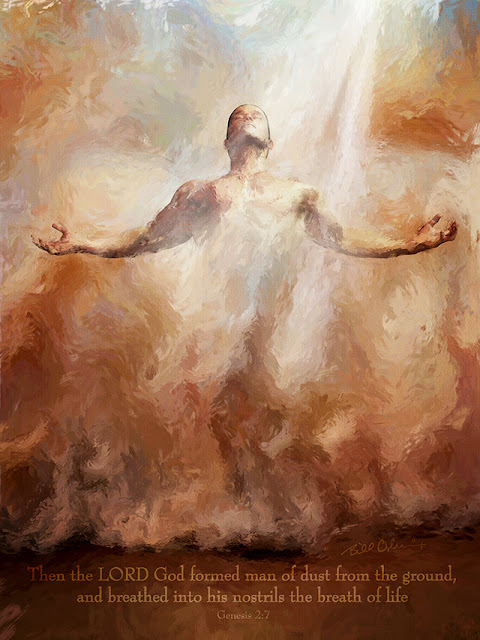26. Imago Dei: The Image of God as Counterpart

26. The Image of God as Counterpart For thus says the high and exalted One Who lives forever, whose name is Holy, "I dwell on a high and holy place, And also with the contrite and lowly of spirit In order to revive the spirit of the lowly... —Isaiah 57:15 Humans as God's counterpart implies that we are the relational partner for God, created for fellowship. What does that even look like? Think of a big wig CEO, like Mark Zuckerberg, gaming with the man who empties his trashcan. Or the President of the United States having lunch with the guy who cleans the White House toilets. And I don't mean a "cares for all humanity" fist-bump in passing for publicity photo. I mean, after a long day of work, the only think Mark or Mr. President WANTS to do is hang out with his janitor because they are best friends. Humans were created for fellowship with God, but not as His peers. He's the CEO. We are the toilet cleaner...though out job is not to clean toilets. Except for ...









